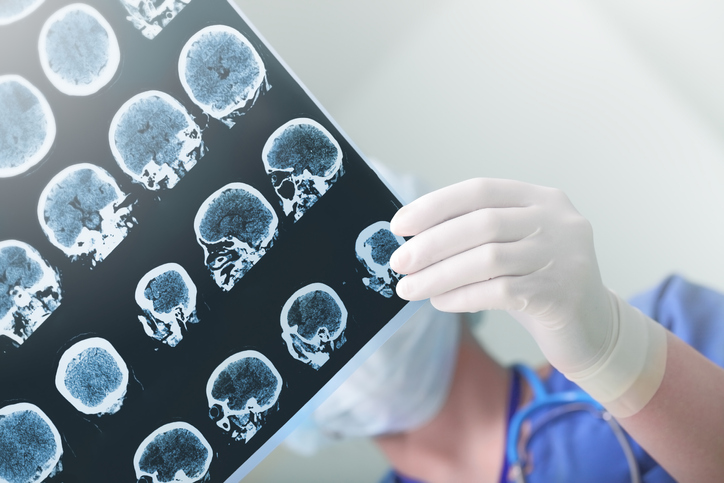A new, state-of-the-art PET CT scanner is creating a lot of buzz at Hartford HealthCare – particularly the lower radiation dose being one of the models many benefits. Dr. Thomas Farquhar is a radiologist at Hartford Hospital.
Q: What are the benefits of this new PET CT scanner?
A: This new PET CT scanner represents an investment by Hartford HealthCare in the most leading-edge technology available. A PET CT scanner is actually two scanners combined into one piece of equipment. There is a CT scanner, or CAT scanner, which many patients would recognize. The CT scanner is used to get anatomic images of the body and to calculate corrections to the PET scan even more accurate. The other scanner is even more exciting – a fully digital PET scanner. No facility will have a more modern PET scanner and there have only been 20, maybe 25 of these installed across the United States. The advantages are more accurate images, with better signal, lower radiation dose, in a shorter period of time, seeing more patients each day. We have been able to shorten the exam time on the scanner from 60 minutes to 45 minutes, which means we can schedule 11 patients on a typical day, up for 7.
Q: Describe the lower dose technology?
A: Patients will benefit from a lower dose from both the CT and PET exams on this new scanner. Modern CT scanners vary the number of x-rays used depending on the thickness of the body to use only what is necessary – using fewer x-rays on thinner parts of the body or smaller patients. This way uses ½ to 1/3 of the radiation needed previously. Patients also receive radiation from the tracer injected for the PET scan — most commonly a radioactive analog of sugar called FDG. The PET scanner now operates in a 3D mode rather than 2D mode, collecting data on the location of the FDG in every direction, making the scanner 7 or 8 times more sensitive. Because of this, we can inject 1/3 less radiotracer, and still get superior images.
Q: How precise is this new scanner compared to others?
A: The metric we use is called the scanner’s resolution, the ability to separate two small nearby objects. An older PET scanner might have a resolution of around 5/16 of inch, or about 8mm. That sounds quite small, but in order to identify cancer earlier, this new PET CT has a resolution of 3/16, only 4.5 mm. The scanner is able to do this using amazing electronics that are actually able to calculate the distance between two photons of radiation moving at the speed of light and then use a powerful computer to do the math to turn the data into an image.
Q: What questions should patients be asking?
A: Patients should know that with a combination of this state-of-the-art technology and the expertise of the physicians who interpret the images, the Imaging Center at Hartford Hospital is able to benefit patients in even more ways than before. For example, we have a new radiotracer called fluciclovine is helpful in certain patients with suspected prostate cancer recurrence. And PET isn’t just a technique used in cancer – it can be used to localize epilepsy or even make an earlier diagnosis of Alzheimer’s disease in some patients. Patients should ask their doctor where to go to have their study with a latest technology, interpreted by physicians with expertise in reading PET CT scans.
Learn more about this new PET CT scanner by calling 1-855-HHC-HERE (1.855.442.4373).

